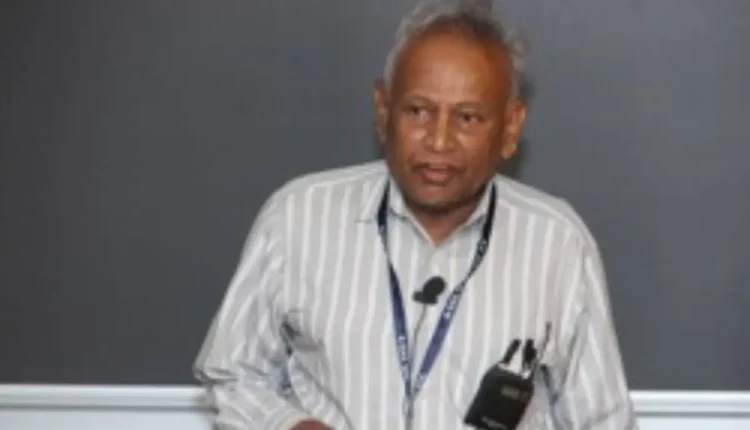Kamisetty Ramamohan Rao, often referred to as K.R. Rao, stands as a beacon of innovation and excellence in this domain. His remarkable contributions, particularly in the realm of digital signal processing, have not only revolutionized technology but have also shaped the way we perceive and interact with the digital landscape.
Educational Journey and Early Career of Kamisetty Ramamohan Rao: A Foundation of Excellence
Rao’s journey towards becoming a renowned figure in academia and engineering began in his homeland of India. Fuelled by a passion for knowledge and a relentless pursuit of excellence, he laid the groundwork for his illustrious career by obtaining a Bachelor of Science in Electrical Engineering from the esteemed College of Engineering, Guindy, affiliated with the University of Madras.
However, Rao’s quest for academic enrichment knew no bounds. Eager to broaden his horizons, he embarked on a transcontinental journey, venturing to the United States to pursue advanced studies.
At the University of Florida, Rao immersed himself in the study of electrical engineering, earning dual Master of Science degrees in Electrical Engineering and Nuclear Engineering. His insatiable thirst for knowledge led him to the University of New Mexico, Albuquerque, where he pursued his Ph.D. in Electrical Engineering, culminating in the acquisition of a doctorate in 1966.
Armed with a formidable arsenal of academic achievements and a deep-seated commitment to scholarly pursuits, Rao embarked on the next chapter of his journey – a journey that would see him become a luminary in the world of electrical engineering.
Joining the University of Texas at Arlington: A Stalwart Presence
In 1966, Kamisetty Ramamohan Rao’s tenure at the University of Texas at Arlington (UT Arlington) commenced, marking the beginning of a remarkable chapter in his professional life. As a professor of electrical engineering, Rao not only imparted knowledge to a new generation of scholars but also played a pivotal role in shaping the trajectory of research and innovation in the field.
Over the ensuing five decades, Rao’s influence would become synonymous with excellence, his name revered within academic circles for his unparalleled contributions.
Co-Invention of the Discrete Cosine Transform (DCT): Pioneering Innovation
Kamisetty Ramamohan Rao’s legacy in the field of electrical engineering is perhaps best encapsulated by his collaborative efforts in the co-invention of the discrete cosine transform (DCT). Teaming up with Nasir Ahmed and T. Natarajan, Rao embarked on a journey of discovery that would forever alter the technological landscape.
Their groundbreaking work, documented in the seminal article “Discrete Cosine Transform” published in the IEEE Transactions on Computers in 1974, laid the groundwork for a revolution in digital signal processing.
Impact and Legacy: A Lasting Imprint
Kamisetty Ramamohan Rao’s contributions extended far beyond the confines of academia, permeating every facet of the technological landscape. As a consultant, visiting professor, and workshop facilitator, he shared his wealth of knowledge with audiences worldwide, leaving an indelible mark on the field of electrical engineering.
Yet, perhaps Rao’s most enduring legacy lies in the lives he touched and the minds he shaped. As a mentor to countless graduate students and a guiding light for aspiring engineers, his influence reverberates through the corridors of academia, inspiring future generations to push the boundaries of innovation.
Remembering Kamisetty Ramamohan Rao: A Tribute to Excellence
Although Kamisetty Ramamohan Rao’s physical presence may have departed from this world in 2021, his legacy remains etched in the annals of history, an enduring testament to the power of intellect, passion, and perseverance.
Also Read: Anantanand Rambachan: Inspiring Interfaith Dialogue and Scholarly Excellence

